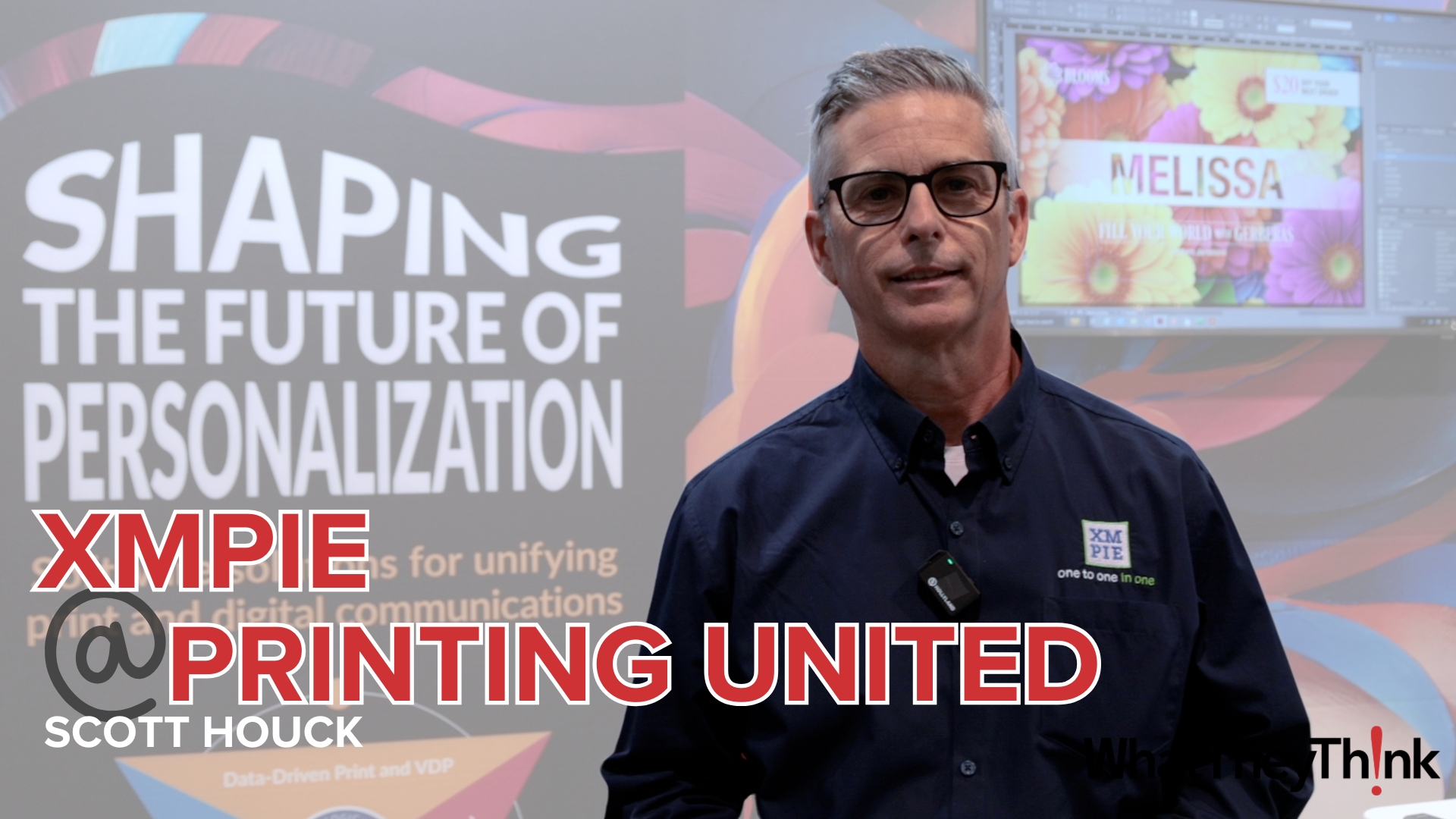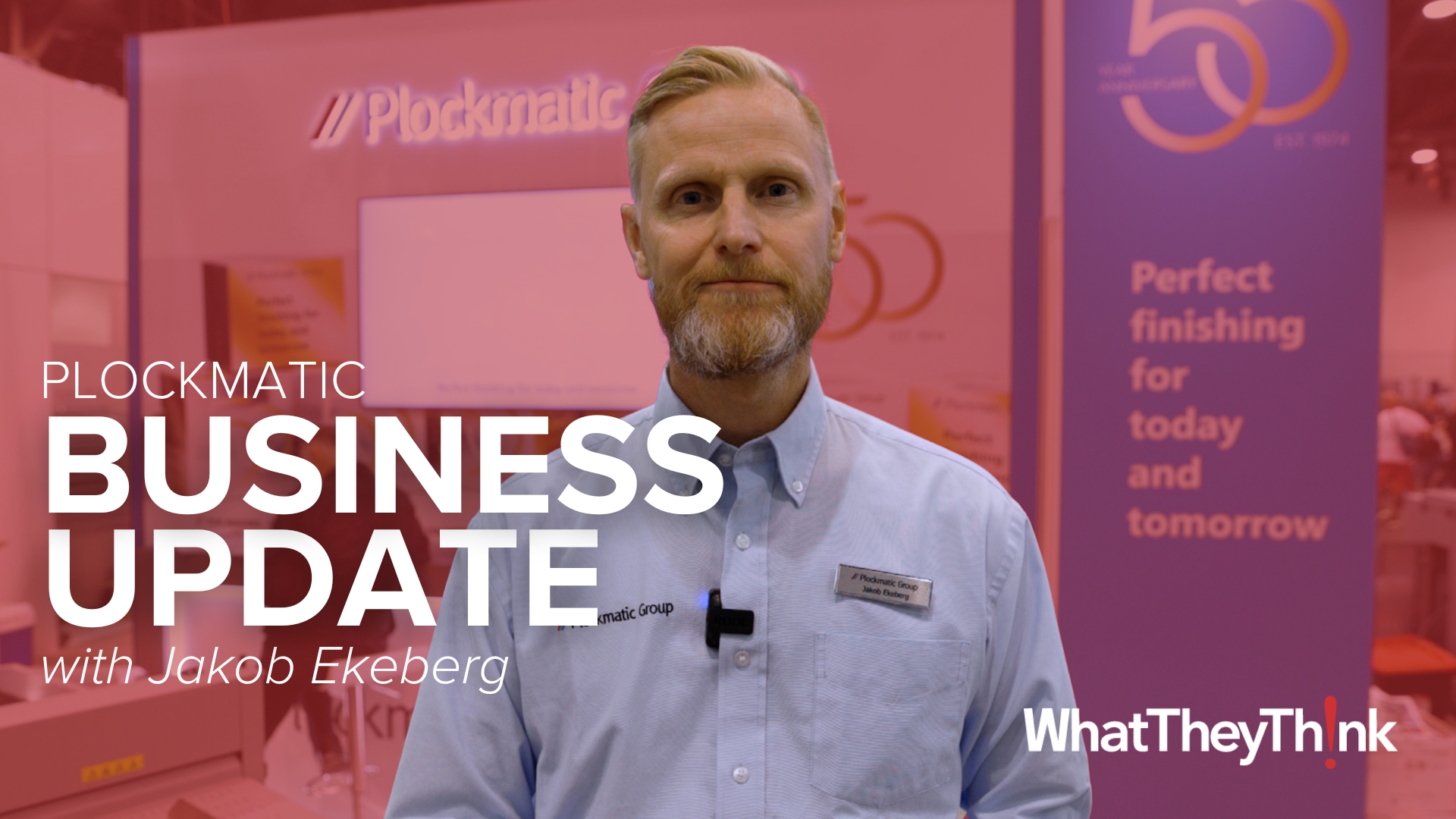
By now, many of us have heard that Amazon is eliminating its use of air pillows for its e-commerce packaging in favor of paper fillers. As of June 20, Amazon had cut its use of air pillows by 95% and plans to eliminate all air pillows by the end of the year. The change will eliminate nearly 15 billion plastic air pillows annually.
According to Packaging Digest, the paper filler is made from 100% recycled content and can be easily recycled through curbside collection programs.
What is particularly fascinating is that this move, while framed as a sustainability initiative, offers substantial financial benefits to the company, as well.
The Bottom Line Benefits, Too
According to Packaging Digest, the equipment for feeding the paper cushioning at pack stations is less expensive than that for air pillows. It’s also more compact, making it easier for employees to pack the orders. This means faster packing, which translates into more products packaged in a shorter amount of time. Translation: higher profits.
Paper filler can also better absorb impact than air pillows. This means higher profits, too. Why? Orders are more likely to arrive intact, so Amazon gets happier customers. Happier customers mean higher rates of customer retention, and we all know the stats: An increase of just 5% in customer retention results in 25% to 95% increase in profits (Bain & Co.).
Higher profitability comes from another source, as well: the correlation between reducing shipping damage and—you guessed it—profits.
Notes Bloomreach:
Ecommerce returns can be costly for retailers due to factors such as shipping expenses, restocking fees, and potential loss in value for returned items. Studies suggest that the cost of processing a return can range from 20% to 65% of the item's original value. [Source]
Won’t the paper filler weigh more than air pillows? Thus costing products more to ship? Amazon says yes. But any increases in shipping costs, it says, are more than offset by the greater efficiencies, increased customer satisfaction, and other cost reductions.
So Amazon’s move has not just generated a lot of positive buzz, but it has real bottom-line benefits, as well. Which leads to the question: What took so long…and who’s next?















Discussion
Only verified members can comment.